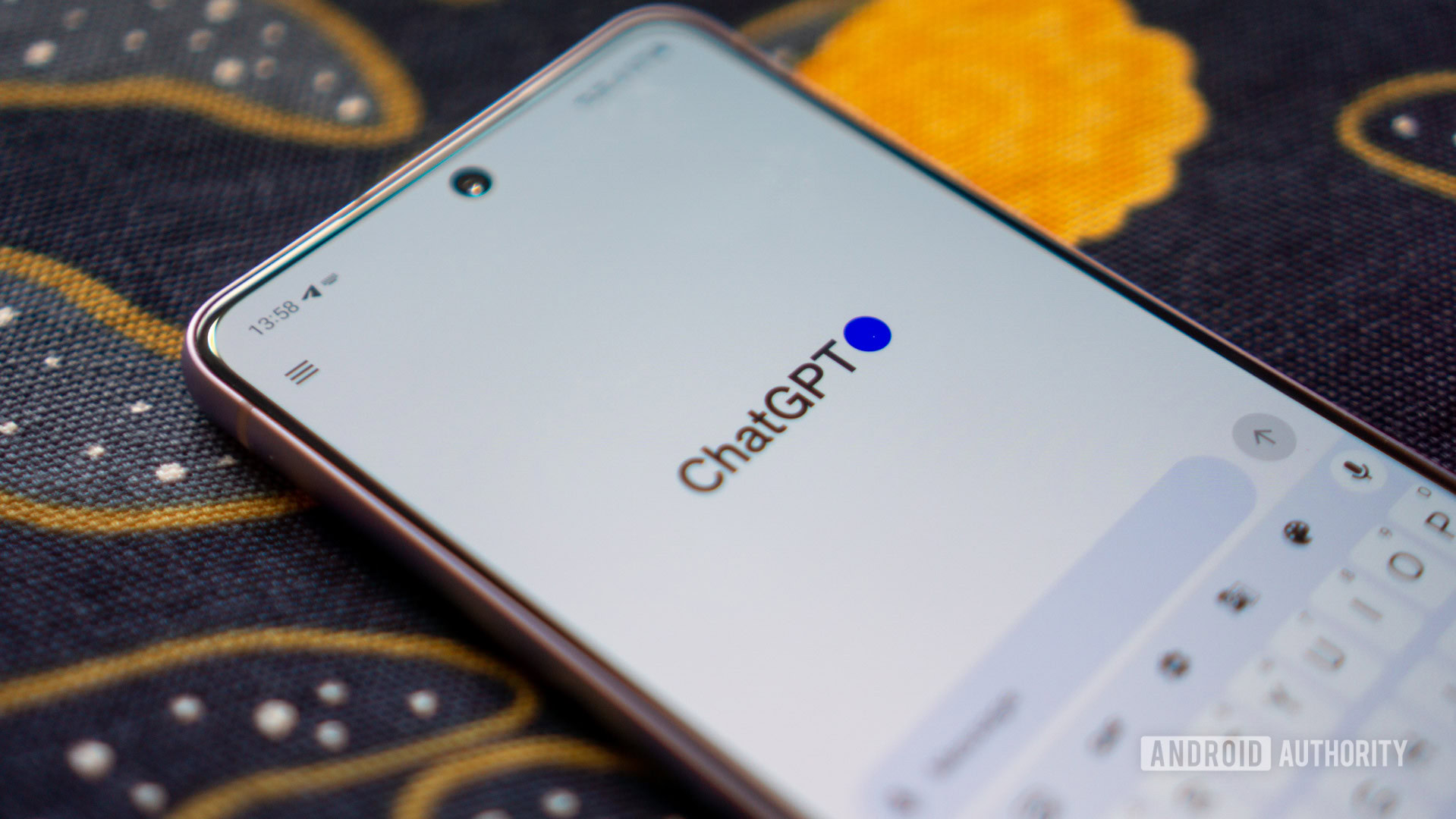
Calvin Wankhede / Android Authority
Even though modern AI chatbots like ChatGPT are the closest a computer has ever come to emulating human speech, many people don’t realize that they can do more than just draft simple essays. So if you’ve only been using it to check your grammar or ask simple questions, you’re barely scratching the surface of its potential. Luckily, you’ll find that there are countless ways to make ChatGPT work harder for you during the course of a normal day. The best part? You don’t need to pay $20 every month for ChatGPT Plus to follow along. Here’s how I make the most of my free ChatGPT account.
Simplify decision-making and purchases
Have you ever found yourself unable to decide between two or more options at the grocery store, car dealership, or electronics store? Me too, and I’ve learned that I can turn to ChatGPT for help with making purchase decisions. This is especially true now that the chatbot can search the internet for up-to-date information, even if you stick to the free tier.
For example, say you are in the market for a used car and find yourself torn between two models: a Toyota Camry from 2018 and a Honda Accord from 2019. Given my limited knowledge of cars, I would turn to ChatGPT and ask for a comparison as pictured above.
Despite the relatively short prompt in the above screenshot, it managed to put forth a detailed analysis with each car’s strengths and weaknesses. In fact, I wouldn’t have known about the Toyota missing out on Android Auto if ChatGPT hadn’t pointed it out in its response. This singular detail would have simplified my purchasing experience — I wouldn’t have thought to check for Android Auto compatibility for such a relatively modern car.
I’ve also used ChatGPT to help me make decisions about smaller purchases. I ask questions like “I need to buy shirts for daily wear in hot and humid weather. Which material will keep me cool without needing frequent ironing?” and “I’m buying my first suit, which color should I prioritize with a dusky skin tone?”
Custom GPTs to extend ChatGPT’s capabilities
As an electronics hobbyist, I watch countless DIY videos on YouTube every month to find my next project. However, many of them are long and lack a text-based guide to follow along. Luckily, I have found that AI models are extremely adept at this task — simply use one of the many custom GPTs that can analyze and summarize YouTube videos. A handful can even answer follow up questions, meaning you don’t have to watch the video a second time just to find a small piece of information.
While you can also achieve this with Google’s Gemini Extensions, I continue to use custom GPTs because of their more detailed output. I recommend using a third-party curation website like CustomGPTList, though, since it’s hard to discover new GPTs via the official store.
Custom GPTs teach the chatbot new tricks and inject some much needed personality.
Custom GPTs can also roleplay surprisingly well, helpful whether you need to practice for an interview, play a text-based adventure game, or just improve your resume. Some GPTs can also create entire PowerPoint slides and audio voice overs if you need one for a meeting, just keep your expectations on quality in check. Finally, a GPT like Khan Academy’s Tutor Me can help coach you (or a kid) on how to understand scientific concepts and solve math problems without giving away the answer immediately.
It’s worth noting that if you are on ChatGPT’s free plan, you’ll only get a limited number of custom GPT responses every few hours. If you don’t want to wait for the timer to reset, you’ll have to pay for a ChatGPT Plus subscription. This is because custom GPTs rely on OpenAI’s most advanced GPT-4o model, which is only available in a limited capacity if you’re a free user.
A hands-free digital assistant
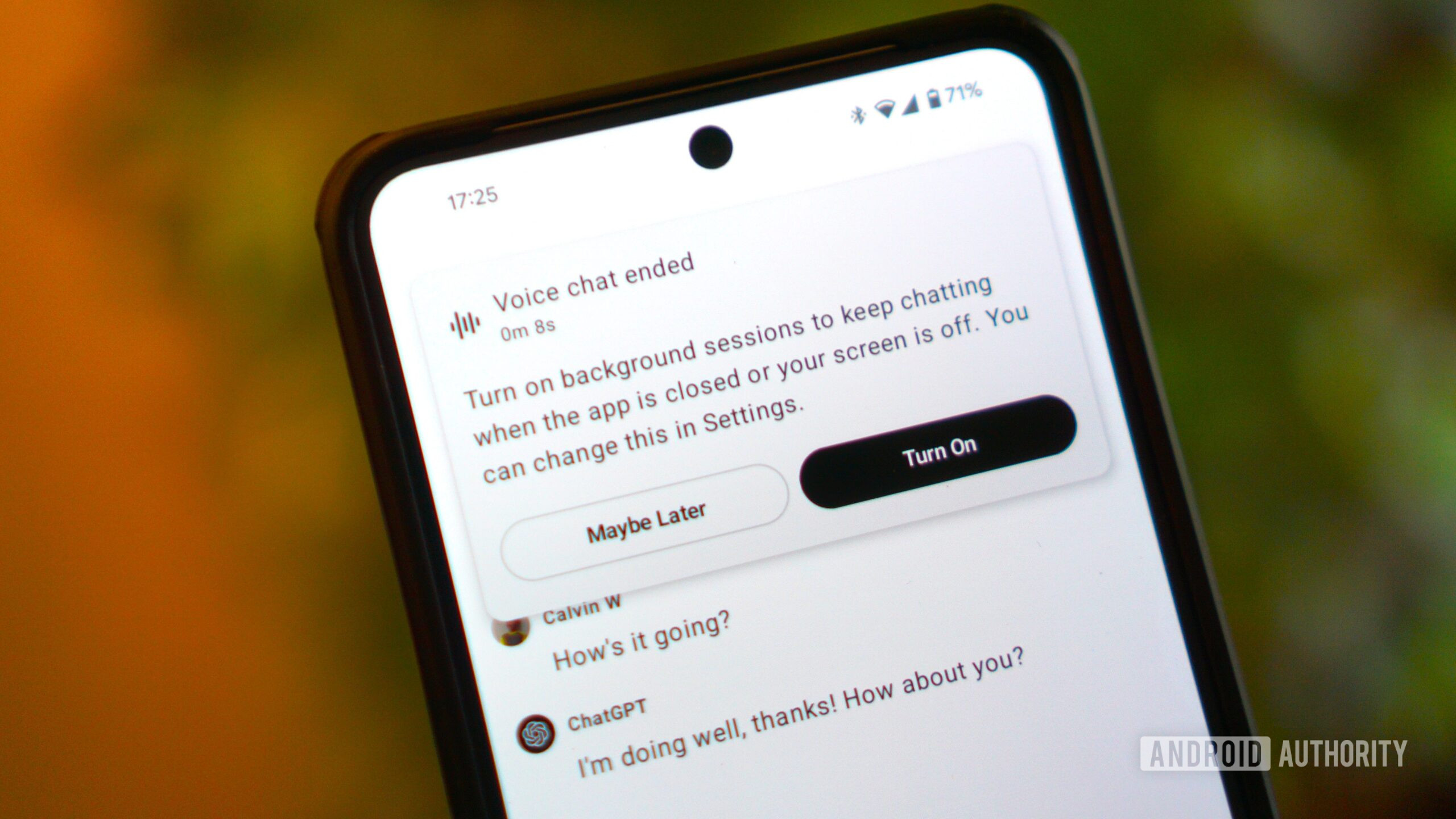
Calvin Wankhede / Android Authority
Almost exactly one year ago, ChatGPT’s mobile app gained a new feature that allows you to have back-and-forth conversations using just your voice. This hands-free interaction is useful when you have your hands full. But I find myself using the feature mostly when I’m outdoors and unable to type because it’s perfect while walking about or driving.
I use ChatGPT’s voice mode to help me brainstorm ideas for meal prep, blog posts, and trip planning. I can simply start rambling about a topic, and ChatGPT will patiently wait until I’m done. It will then offer suggestions or alternative ideas that I may have not considered, and I can respond — all without touching the screen.
The voice mode is also particularly helpful in the kitchen — I keep it running in the background most of the time except for when I murmur a question or two every now and then. This way, I don’t have to rely on my old and unreliable smart speaker to find the correct ingredient substitutions while I have my hands full.
Pick up a new language
As a frequent traveler, I’ve found that learning even a few phrases in the local language can vastly improve my travel experience since I can have more authentic interactions with locals. Many countries, especially in East Asia, have low English penetration. Learning the names of food and numbers up to a certain extent can help just as much if you’d like to visit local markets and restaurants. But if you’ve ever tried a language learning app like Duolingo, you’ll know that most of them focus too heavily on the language’s fundamentals rather than building useful vocabulary as quickly as possible. Luckily, ChatGPT can understand and output over a hundred languages, meaning it can teach you the basics from a practical perspective.
And if you’re learning a new language as a life skill, ChatGPT can host entire conversations and rate your responses. It’s like having a language tutor that you can engage with on your own time. I wish the voice mode could help with pronunciation but it’s likely only a matter of time — ChatGPT’s upcoming advanced voice chat feature can already detect emotion, after all.
Use ChatGPT instead of Google Translate
In line with what I said about ChatGPT’s excellent language capabilities above, the AI chatbot also excels at translating street signs, restaurant menus, and anything else that you may encounter in an unfamiliar country.
I’ve written an entire post about why I prefer ChatGPT over Google Translate, but the basic gist is that the chatbot understands nuance. This means it can recognize an image of a restaurant menu, for example, and offer translations that make sense within a specific context. Just take a look at the images above which shows Google Translate clearly faltering at times and ChatGPT handling every single line with ease. The only downside to ChatGPT is that you need an internet connection. But it’s a small price to pay for such cutting-edge technology and I rarely ever use Google Translate anymore.

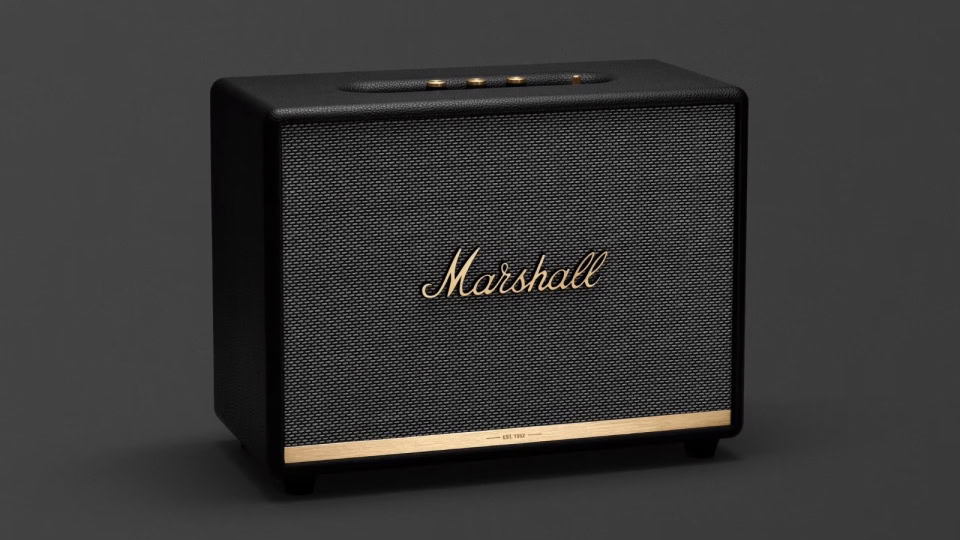
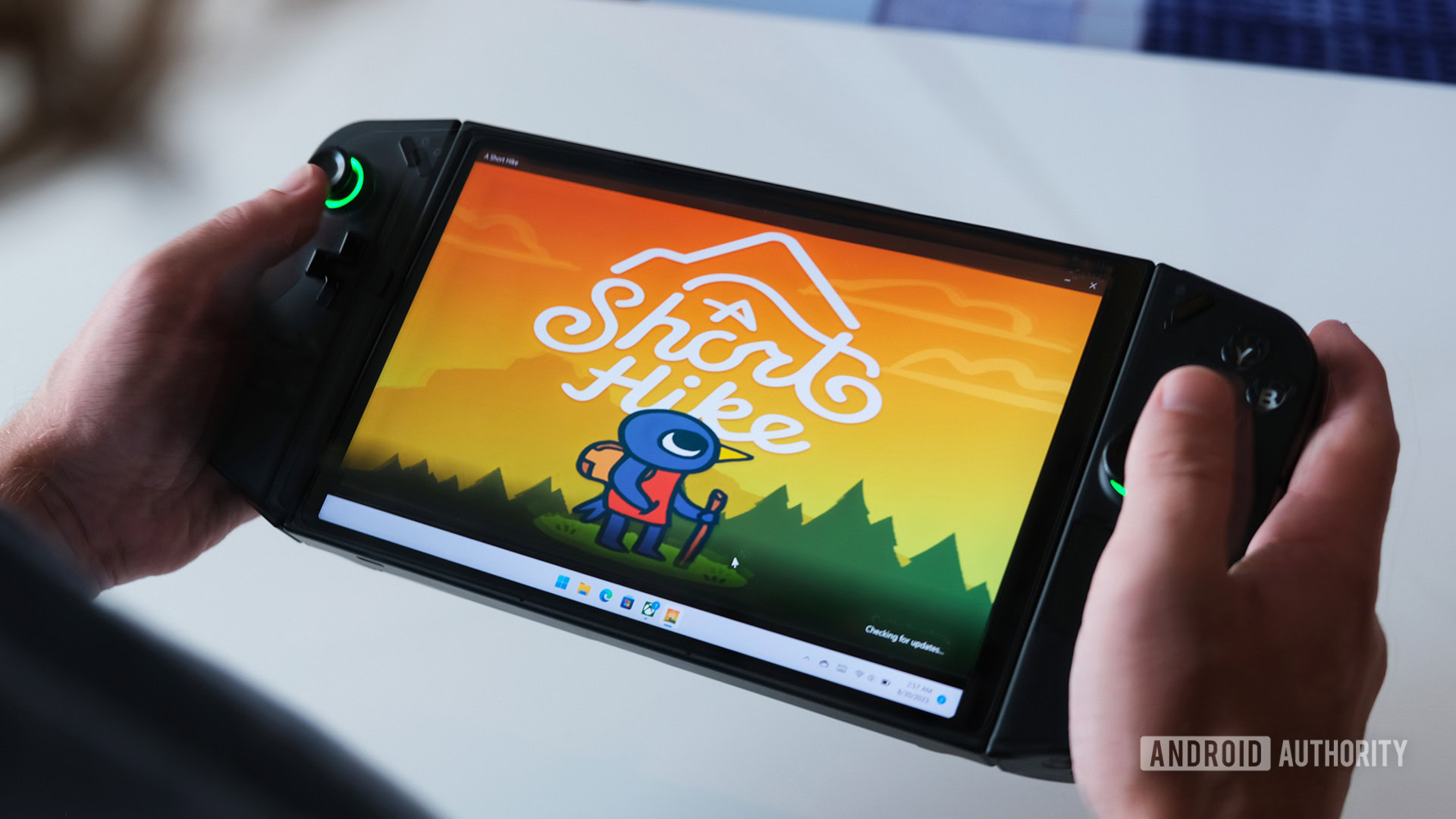
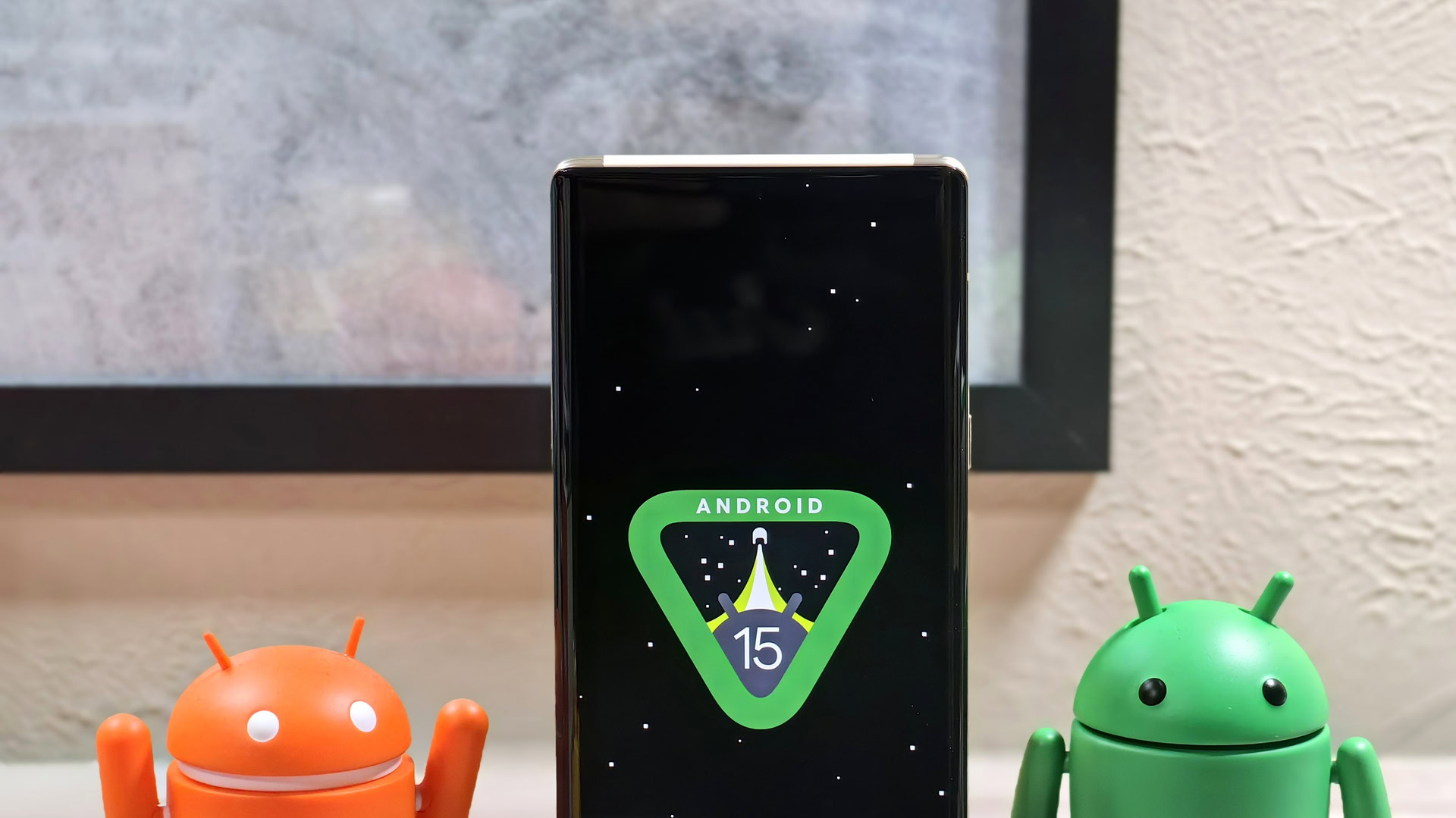




 English (US) ·
English (US) ·